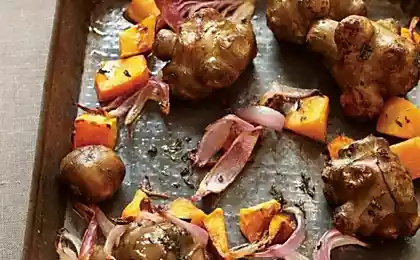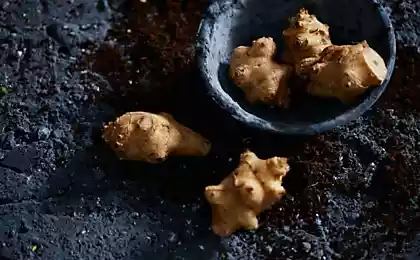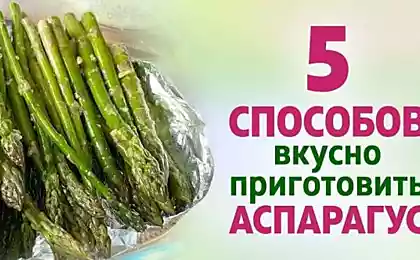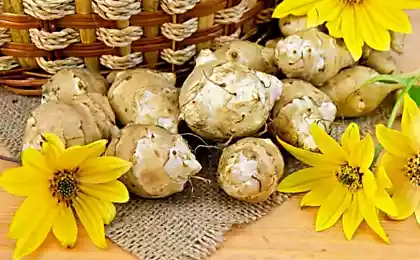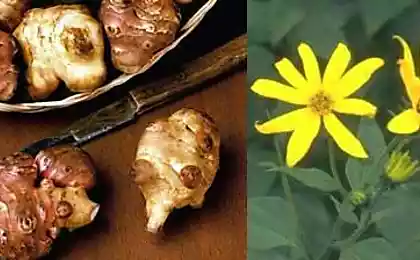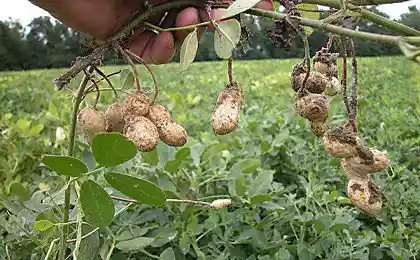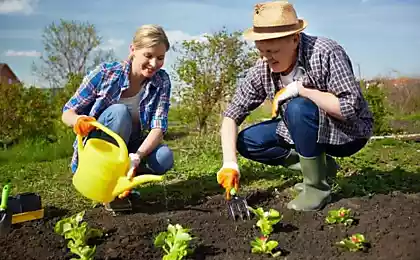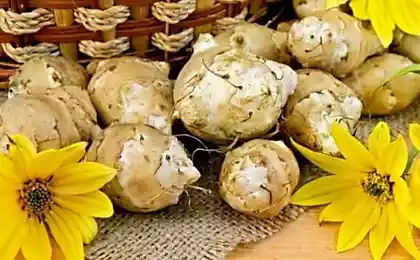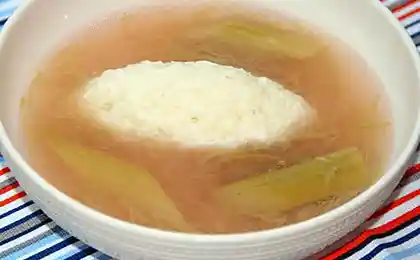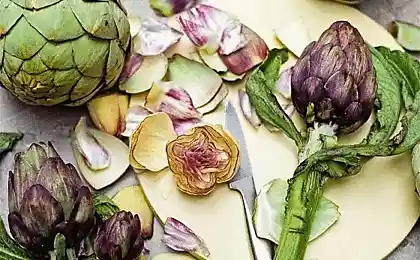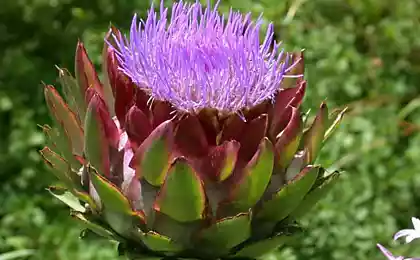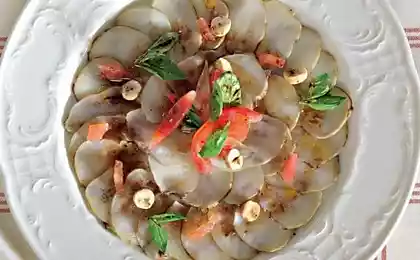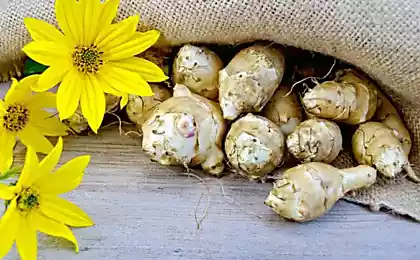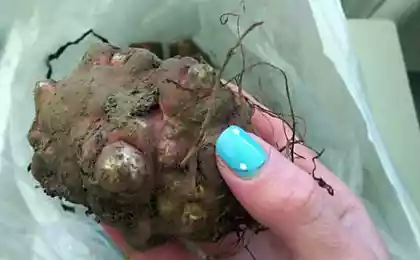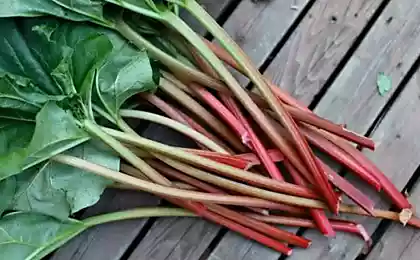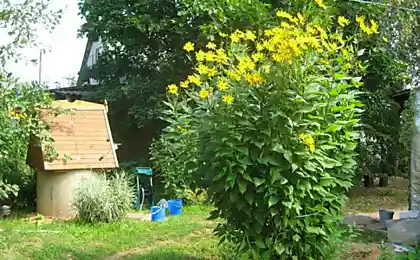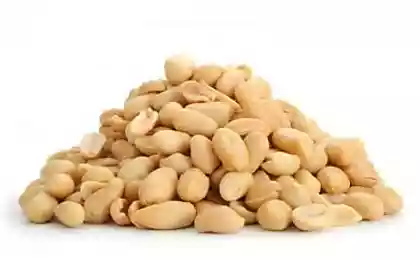454
Six perennial vegetables: plant once!
If You don't want every year to do the planting of vegetables, maybe you are interested in plants that can overwinter.
1. Asparagus:
Perhaps the most well-known perennial plant, and one of the most coveted early spring vegetables. For food use young tender shoots of asparagus just appeared out of the ground. As soon as leaf buds on the shoot will begin to bloom, escape the compacted, it becomes hard and unfit for eating. In addition to outstanding beneficial and culinary properties, asparagus is a decorative culture, which is used in floral arrangements.
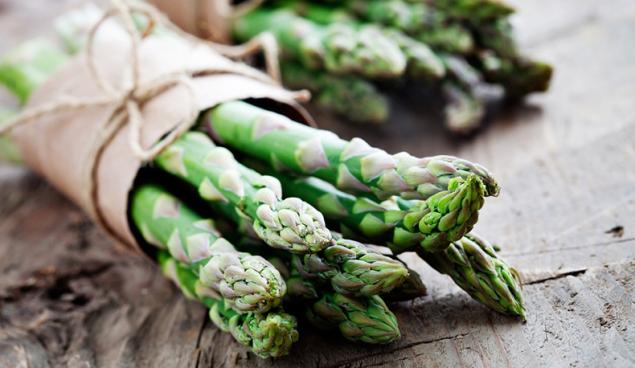
2. The Jerusalem artichoke (Jerusalem artichoke):
a relative of the sunflower, yields edible tubers, very juicy and sweet. This perennial plant can be eaten raw or cooked like potatoes, and resembles a nutty flavor. The plant itself can grow rather tall, like a sunflower, so it is well suited for planting as a border or along the edge of the plot. The tubers are collected in autumn, and the part left in the ground (or transplanted after the harvest) for the next year.
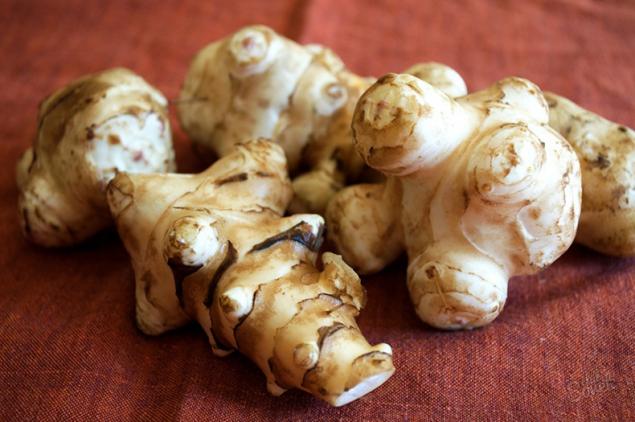
3. Peanuts (Indian potatoes):
is one of those perennials that do not require a lot of attention, but it can be a great addition to any area. The peanut is a perennial vine, which produces edible beans and large edible tubers (more correctly "rhizomatous stems"), now it is grown with us. The vines grow to a length of about 2 meters, and can be grown on a trellis for tight landings. The peanuts harvested in the fall, as well as the Jerusalem artichoke, part of the crop should be left in the ground for next year.
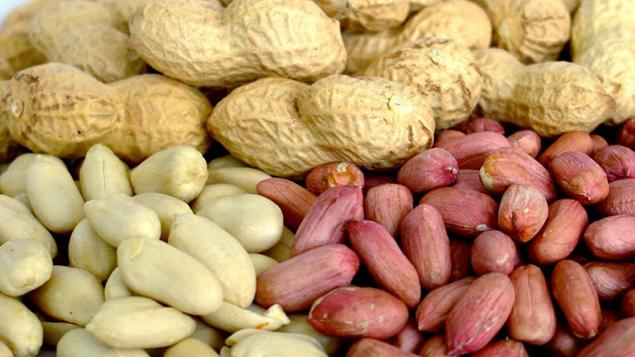
4. Artichoke:
This relative of the Thistle, the correct name is ball artichokes, not the soft and cuddly vegetables, but they give a big delicious flower Bud, Ia would be ecstatic. Artichokes take up little space on the site, they can grow up to 2 meters or more in height, and like most perennial vegetables often need a few years to grow before they are ripe while you will be able to collect enough flowers to decorate your table. You can grow them from seedlings, this process can be accelerated.
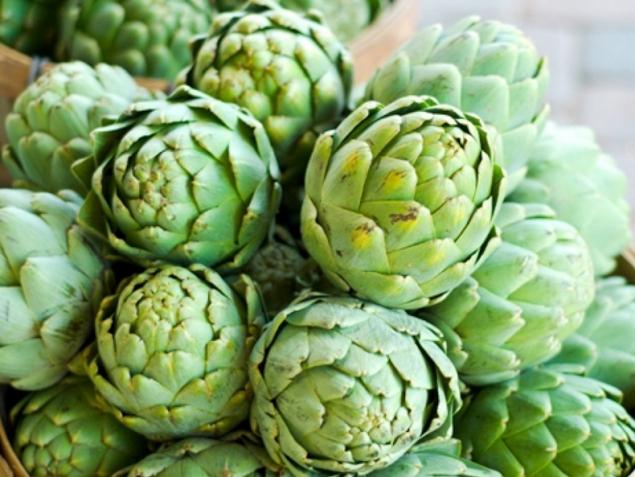
5. Rhubarb:
This perennial vegetable is not only edible, but also a colorful addition to your area may be red, pink and green stems. Rhubarb needs to grow a few years before harvesting the stems. Because it makes delicious pie with strawberries and rhubarb. The edible rhubarb, only the stems, but the leaves are toxic to humans, will be a good addition to the compost heap.
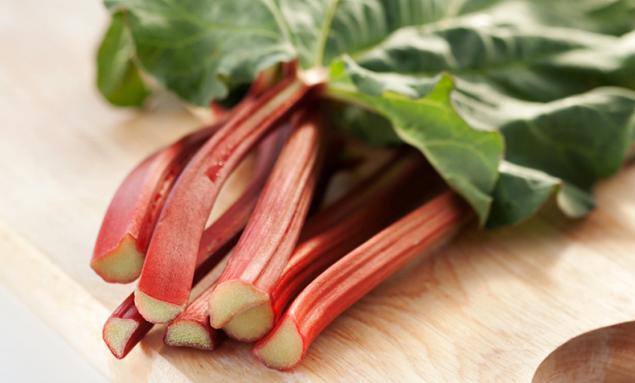
6. Hell:
While it can hardly be called a vegetable (it's more like a spice), is a perennial plant from the family of mustard is a must for lovers of jelly and sushi. Sometimes hell can grow around the area then it is very hard to remove. So its root is very carefully dig. published
P. S. And remember, just changing your mind — together we change the world! ©
Source: www.pervorod.ru/blogs/eto-interesno/semena-rasteniy-i-pischa-i-lekarstvo
1. Asparagus:
Perhaps the most well-known perennial plant, and one of the most coveted early spring vegetables. For food use young tender shoots of asparagus just appeared out of the ground. As soon as leaf buds on the shoot will begin to bloom, escape the compacted, it becomes hard and unfit for eating. In addition to outstanding beneficial and culinary properties, asparagus is a decorative culture, which is used in floral arrangements.

2. The Jerusalem artichoke (Jerusalem artichoke):
a relative of the sunflower, yields edible tubers, very juicy and sweet. This perennial plant can be eaten raw or cooked like potatoes, and resembles a nutty flavor. The plant itself can grow rather tall, like a sunflower, so it is well suited for planting as a border or along the edge of the plot. The tubers are collected in autumn, and the part left in the ground (or transplanted after the harvest) for the next year.

3. Peanuts (Indian potatoes):
is one of those perennials that do not require a lot of attention, but it can be a great addition to any area. The peanut is a perennial vine, which produces edible beans and large edible tubers (more correctly "rhizomatous stems"), now it is grown with us. The vines grow to a length of about 2 meters, and can be grown on a trellis for tight landings. The peanuts harvested in the fall, as well as the Jerusalem artichoke, part of the crop should be left in the ground for next year.

4. Artichoke:
This relative of the Thistle, the correct name is ball artichokes, not the soft and cuddly vegetables, but they give a big delicious flower Bud, Ia would be ecstatic. Artichokes take up little space on the site, they can grow up to 2 meters or more in height, and like most perennial vegetables often need a few years to grow before they are ripe while you will be able to collect enough flowers to decorate your table. You can grow them from seedlings, this process can be accelerated.

5. Rhubarb:
This perennial vegetable is not only edible, but also a colorful addition to your area may be red, pink and green stems. Rhubarb needs to grow a few years before harvesting the stems. Because it makes delicious pie with strawberries and rhubarb. The edible rhubarb, only the stems, but the leaves are toxic to humans, will be a good addition to the compost heap.

6. Hell:
While it can hardly be called a vegetable (it's more like a spice), is a perennial plant from the family of mustard is a must for lovers of jelly and sushi. Sometimes hell can grow around the area then it is very hard to remove. So its root is very carefully dig. published
P. S. And remember, just changing your mind — together we change the world! ©
Source: www.pervorod.ru/blogs/eto-interesno/semena-rasteniy-i-pischa-i-lekarstvo
The vegetable that cures gout, psoriasis, osteoarthritis and more!
4 secret: What my knees can you tell us about the health of the entire body
